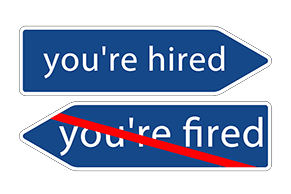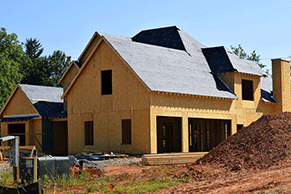Three of the most common questions we receive from first-timers is about cost of obtaining a loan, the down payment required, and the minimum credit guidelines.
Of all the three, the only one that we can approach giving a consistent answer to is the “cost” issue. How much do buyers pay in fees, closing costs, and out-of-pocket expenses? Assume an average of $3,000 to start, and then adjust depending on the chosen mortgage rate. (Read More)
Down payment options start at 0%, but availability shifts depending on family income, home location, and more. In our feature, we discuss the down payment guidelines for major loan programs (Read More). In another article series, we explain the cost associated with mortgage insurance, which may be assigned to loans with down payments under 20% (Read More). Lastly, we highlight the California Homebuyers Down Payment Assistance Program (CHDAP) as a helpful way for first-timers to manage down payment costs (Read More).
[Click here to submit an online loan application or contact us to arrange a free consultation]
Credit is another complex issue that will verify depending on the lender and buyer profile. In the first part of our feature, we discuss credit repair techniques (Read More). Then, we delve into frequently asked questions about credit and loan qualification: FICO scores, debt-to-income ratio, minimum trade lines, and more (Read More). The moral of the story: there is no one size fits all loan, so don’t self-qualify from the couch. Talk with one of our mortgage expert FOR FREE to learn about the possibilities and troubleshoot any lingering credit issues.
In this section:



















